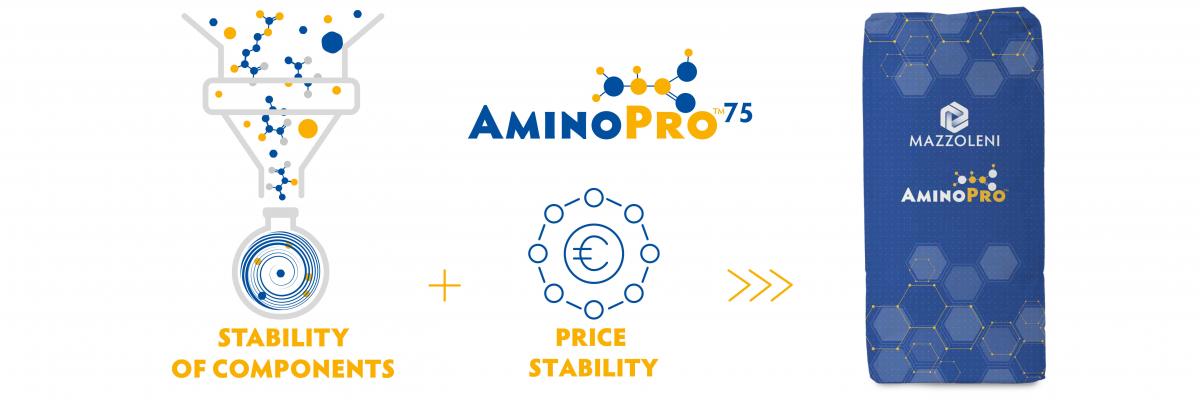Its application in the field of nutrition is more complicate, indeed animals are frequently managed as group and fed based on average requirements. Therefore, specific and individual requirements (e.g. in case of disease or in certain specific physiological status) may be uncovered.
In ruminants’ boluses, as a tool for individual nutrition, can help to fit the requirements of specific physiological condition, allowing to deliver with certainty the required amount of specific nutrient to certain cattle. Boluses thus allow to avoid the cost of group supplementation, guaranteeing at the other side that all the required nutrients are delivered to the cattle.
In the early days boluses were used to supplement drugs and trace elements to pasture fed cattle. This strategy was developed because, in wide pastures, is hard to get the animals under control and be able to administer the required drugs and trace elements with certainty.
Nowadays boluses can cover different requirements. In example calcium boluses, the “father” of the nutritional boluses for confined cows, are helpful during transition in dairy cows to provide the required calcium in order to limit the risk of milk fever. Moreover, specific supplements such as trace minerals, vitamins, energy sources, buffer and live and inactive yeast help to recover from certain nutritional related disease such as ketosis, laminitis and bloat, while a supplementation of substances with antinflammatory effect can promote a fast recover in case of locomotor apparatus disease, mastitis etc.
The effectiveness of the boluses is determined by two fundamental characteristics: nutrient contents and timing of release. Releasing time is crucial because the aim of the targeted nutrition is to cover the requirements of specific nutrients in a specific time-window, considering the farming practices. In example, the nadir of blood calcium in transition cows is between 12- and 24-hours post-partum, while the farmers are used to handle the cow at parturition if assistance is required or parturition occurs in the day, or, if parturition happen in the night-time as usual in dairy cows, farmer takes care of the cows approximately 8 hours later. In this scenario, a bolus capable to dissolve in 8-24 hours can deliver calcium when is mostly required. Again, in case of trace elements and specific nutrients, a longer retention time is required (e.g. 2-3 months if administered at the dry-off to cover all the dry period up to the end of transition), while in case of boluses with natural antinflammatory substances a faster release is required.
Boluses producers have the knowhow to modulate the release based on the need of the customer by selecting different excipients and production parameters (e.g. pressure time etc.). Fig. 1 shows the dissolution time in a simulated rumen fluid, buffered at 6.9 and kept agitated to simulate rumen peristalsis, of boluses in tablets with different excipients.


























